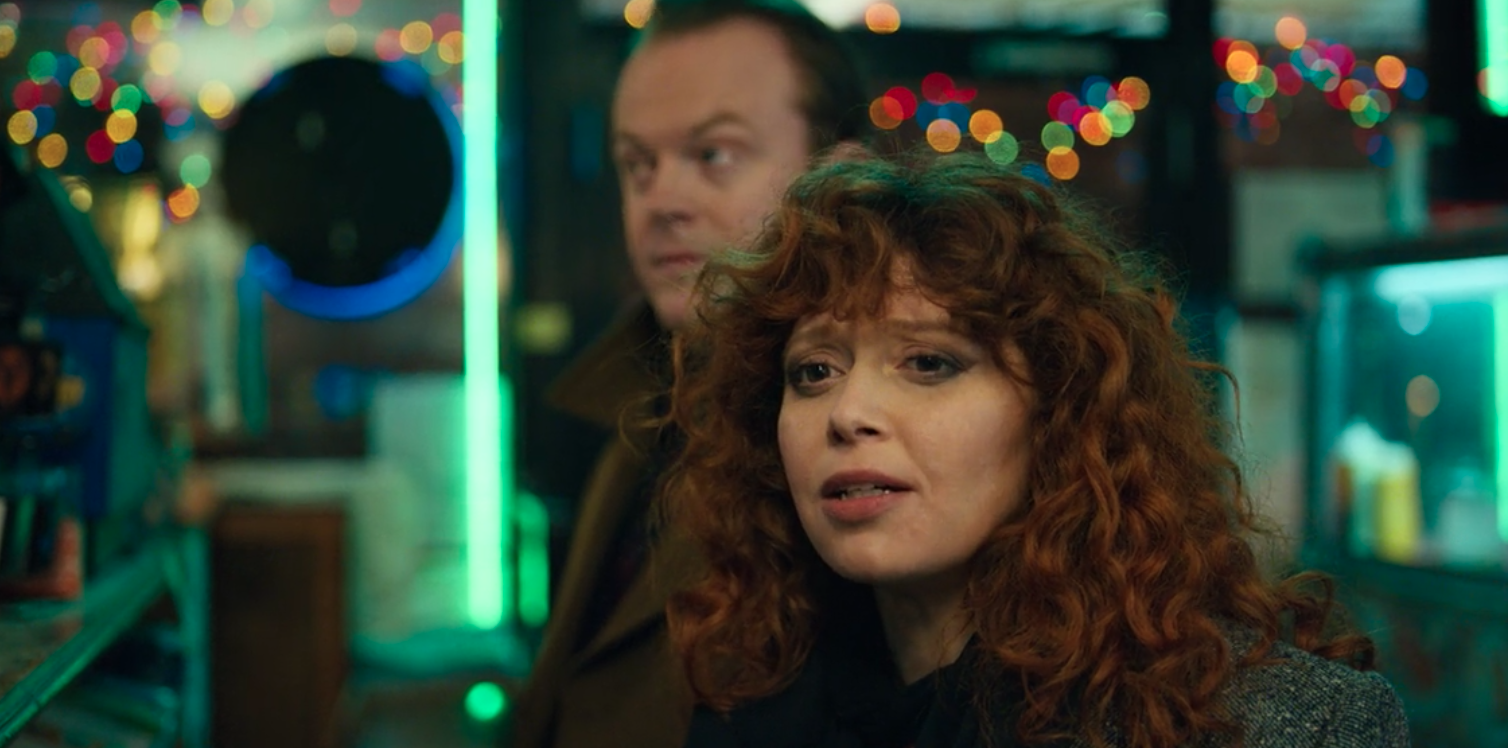Thematic fads in television and film come and go, and audiences have been especially vocal over the past few months about similarities between their favorite hit TV shows.
When Bird Box first hit screens, viewers compared the film’s premise — humans being unable to see the monsters that torment them — to other thrillers like A Quiet Place and Hush, which feature characters who are unable to speak or hear.
Last Friday, Netflix continued to carry media trends into 2019 with Russian Doll, its newest series and the latest twist on the idea of living in an inescapable time loop, first popularized by the 1993 classic comedy Groundhog Day.
Co-creator Natasha Lyonne is one of three women who created and produced the series. She also stars as the badass Nadia, a 36-year-old who is forced to relive her birthday party at her friend’s apartment. She is stuck in a loop that begins in a bathroom and ends with her death. Nadia stands out as a leading female character, even holding her own against Miriam Maisel of the hit Amazon video series The Marvelous Mrs. Maisel.
With Amy Poehler as a co-creator, Russian Doll sets high expectations for quality and comedy. The show is definitely quirky, filled with dark and cynical humor. Viewers can watch it as a serious drama just as easily as an entertainingly twisted comedy.
As with the shows that came before it, the time loop aspect of Russian Doll proves dangerous. A sense of urgency grows and pulls you in as death and disappearance gradually increase with each repeat. Viewers watch Nadia visit the same moments time and time again, yet they become invested in reliving them with her as she learns more about her past loops with each new one. At times, Nadia reaches points where it truly appears that she will escape a final reloop, only to find herself back where her adventure starts again each time.
Netflix shows are infamous for their binge-watch worthiness, but Russian Doll is particularly distinct in its ability to pull viewers into Nadia’s crisis and force them into a loop of their own. Viewers will impulsively click the next episode to continue watching, similar to how Nadia relives her birthday party.
Despite its comedic elements, Russian Doll can be viewed more deeply. Russian matryoshka, or nesting dolls, have layers with identical or similar exteriors that can be removed one by one. In the case of the Netflix series, a dark center is nestled within the time loop. This “center” is never defined, and the ending is somewhat vague. Its open-endedness feels fitting, as the viewer gets to imagine what personal torment Nadia struggles with. The show’s creators never imply that ending the loop will resolve Nadia’s problem, but they instead choose to focus on the turmoil and conflict surrounding this surface-level resolution.
Reading so deeply into Russian Doll’s premise can definitely feel cliche, but the show’s great execution and pure addictiveness make up for it. It is easy to watch Lyonne’s stellar performance at face value for pure enjoyment, or with this deep idea in mind. Regardless of the choices a viewer makes, Russian Doll is yet another successful Netflix original.



